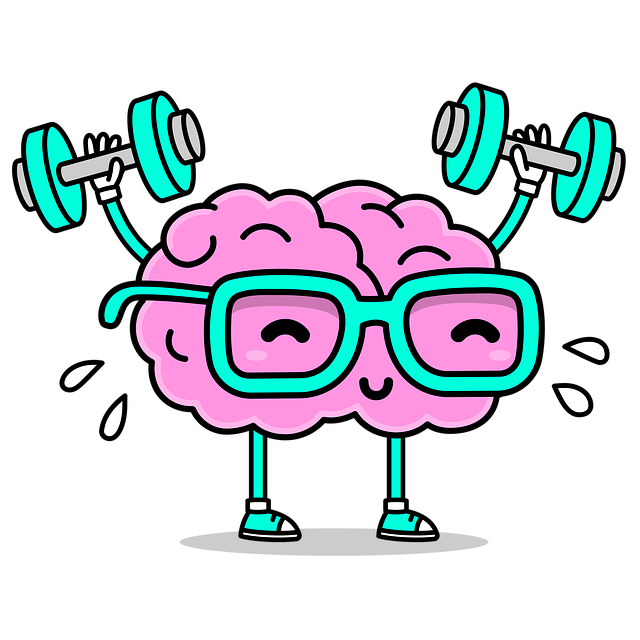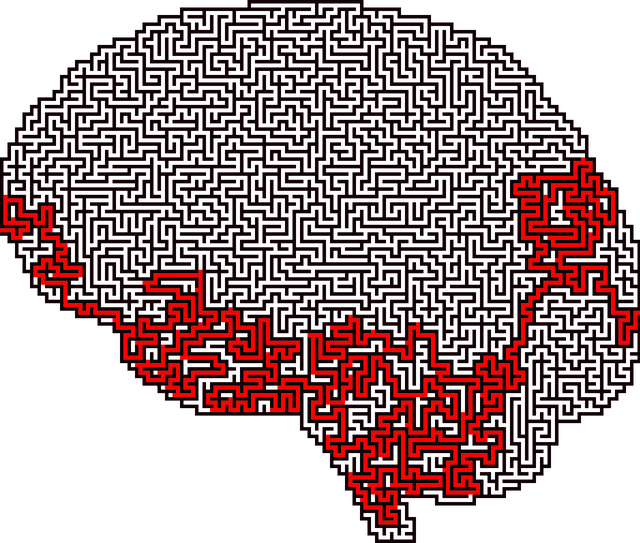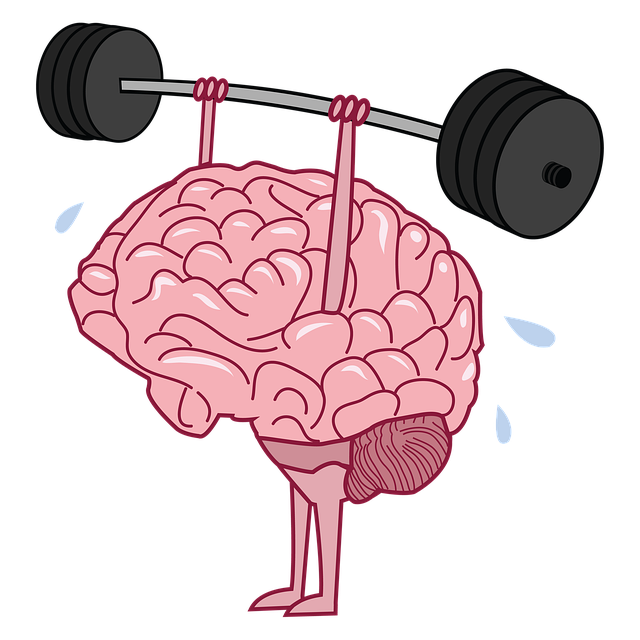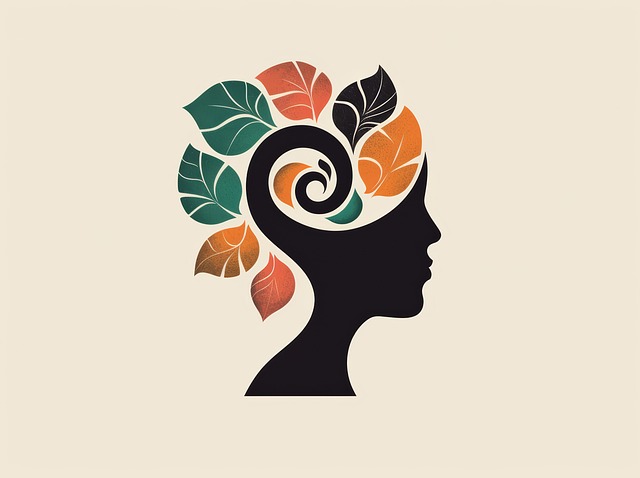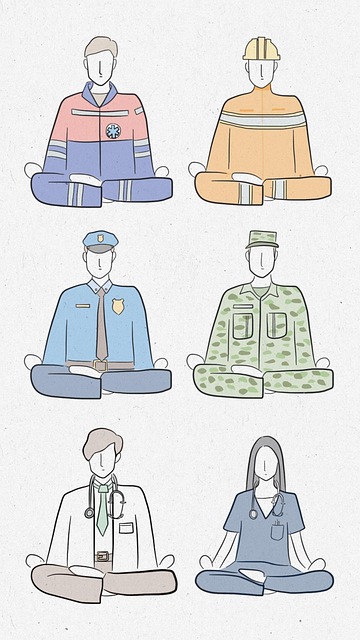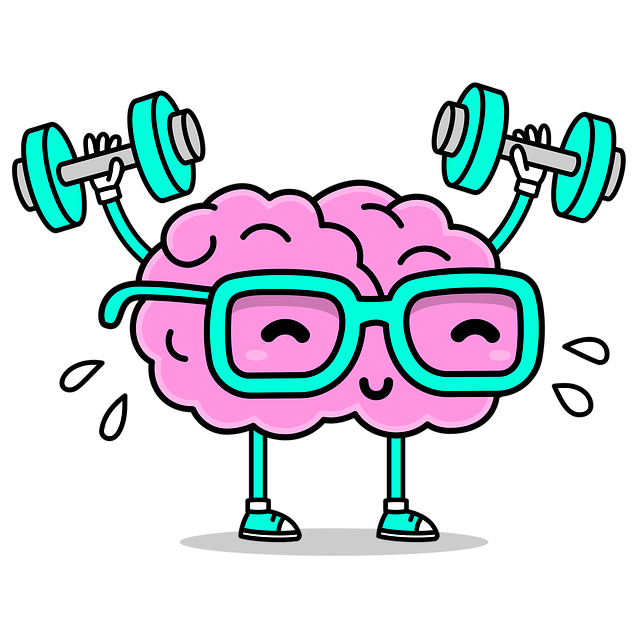Adolescent mental health requires specialized approaches addressing unique challenges like anxiety, depression, and academic pressures. Cognitive Processing Therapy (CPT), an evidence-based practice, has proven effective in helping teens process traumatic events by challenging negative thoughts, improving emotional well-being. Integrating CPT into mental wellness apps catering to adolescent users can promote enhanced self-care habits and revolutionize therapy accessibility. These apps should offer interactive journaling, guided meditation, mental health education, personalized feedback, burnout prevention strategies, peer support, and awareness campaigns.
In today’s digital age, mental wellness apps offer a promising approach to support adolescent teens’ growing minds. This article delves into the crucial topic of developing therapeutic applications tailored to teen mental health needs. We explore key strategies, such as integrating Cognitive Processing Therapy (CPT), to address common issues faced by this demographic. By combining evidence-based practices with engaging design, we can create effective tools that foster resilience and emotional well-being in young individuals, highlighting the potential of technology in therapy for adolescent teens.
- Understanding Adolescent Mental Health Needs and Therapy for Teens
- Integrating Cognitive Processing Therapy (CPT) in App Development
- Designing an Engaging and Effective Wellness Application for Teens
Understanding Adolescent Mental Health Needs and Therapy for Teens

Adolescent mental health is a specialized field that requires tailored approaches to address the unique challenges faced by young people. Teens often struggle with issues such as anxiety, depression, and stress related to academic pressures, peer relationships, and identity formation. Cognitive Processing Therapy (CPT) has emerged as an effective evidence-based practice for therapy among adolescent teens. CPT helps individuals process traumatic or stressful events by challenging negative thoughts and beliefs, thereby improving emotional well-being.
In addition to CPT, various guidance and promotion techniques can significantly contribute to crisis intervention and emotional well-being. Self-awareness exercises play a crucial role in helping teens understand their feelings and triggers, enabling them to develop coping strategies. By integrating these practices into mental wellness apps, developers can cater to the specific needs of adolescent users, fostering healthier minds and enhanced self-care habits.
Integrating Cognitive Processing Therapy (CPT) in App Development

The integration of Cognitive Processing Therapy (CPT) within mental wellness apps offers a promising approach to supporting adolescent teens’ emotional well-being. CPT, proven effective for various mental health concerns, focuses on modifying unhelpful thought patterns and behaviors. By incorporating this therapy into app design, developers can create engaging tools that guide teens through self-reflection and coping strategies. For instance, an app could include features like interactive exercises to challenge negative thoughts, encouraging users to adopt healthier thinking habits.
Moreover, these apps can facilitate mental wellness journaling exercises and provide guidance on cultivating self-care practices tailored to adolescents’ unique needs. This personalized approach allows teens to track their progress, gain insights into their emotional experiences, and build resilience over time. With the right implementation, digital platforms incorporating CPT have the potential to revolutionize therapy accessibility, empowering young individuals to actively manage their mental health.
Designing an Engaging and Effective Wellness Application for Teens

In designing an engaging and effective wellness application for teens, it’s crucial to integrate evidence-based practices that cater to their unique psychological needs. Therapy for adolescent teens, such as Cognitive Processing Therapy (CPT), can be effectively incorporated into app features like interactive journaling and guided meditation sessions. By promoting self-care practices and mental health education programs design tailored for this age group, the app can foster a sense of emotional well-being. Engaging visuals, gamified elements, and personalized feedback loops can enhance user experience while encouraging regular use.
Additionally, burnout prevention strategies should be woven into the app’s architecture. This could involve integrating mindfulness exercises, stress management techniques, and tools for setting realistic goals. By balancing therapeutic activities with engaging content, the application can create a supportive environment that encourages teens to develop healthy coping mechanisms. Mental health awareness campaigns and peer support features can further enrich the app’s effectiveness in promoting mental wellness among adolescents.
In conclusion, developing mental wellness apps that cater to the unique needs of adolescent teens is a game-changer in accessing therapy. By integrating evidence-based practices like Cognitive Processing Therapy (CPT), we can create engaging and effective digital tools. Through thoughtful design, these applications have the potential to revolutionize teen mental health support, offering accessible and interactive solutions for better wellness outcomes.

